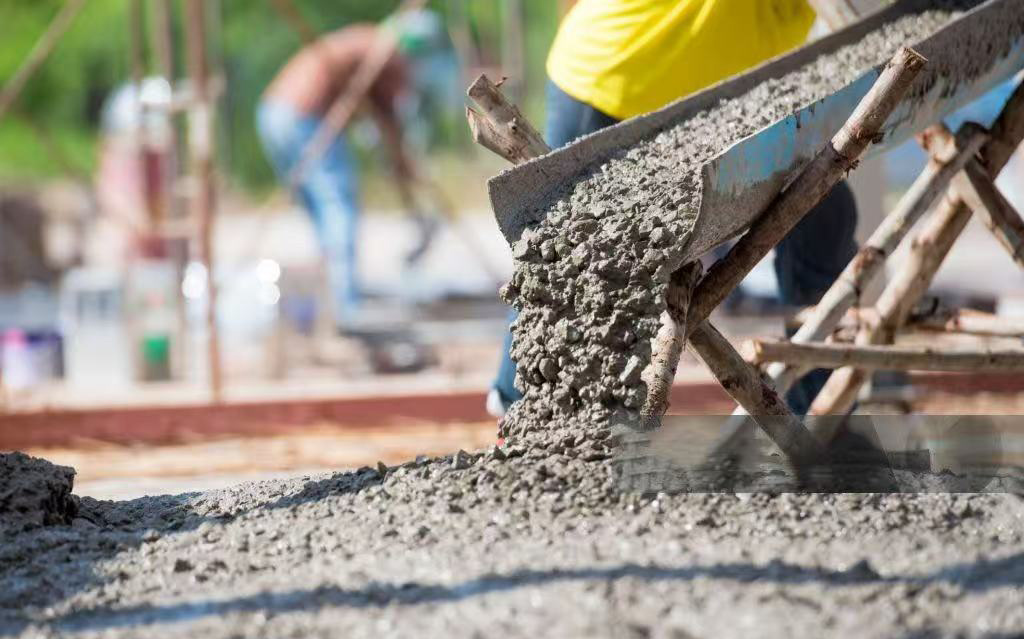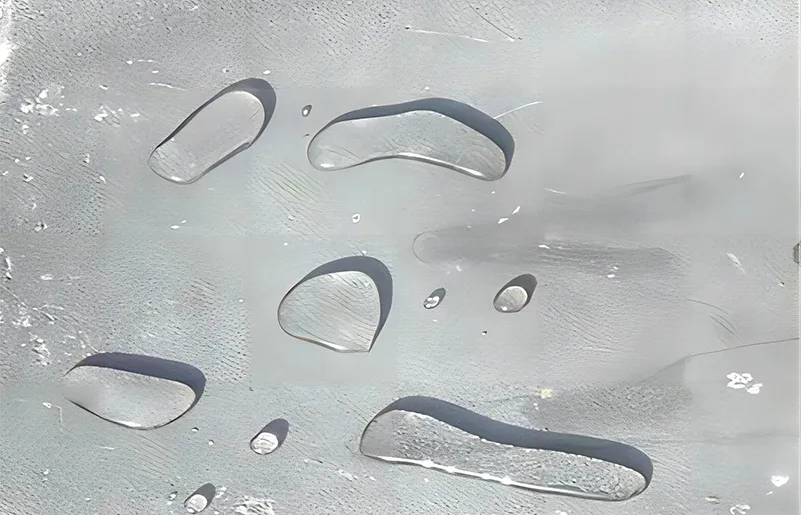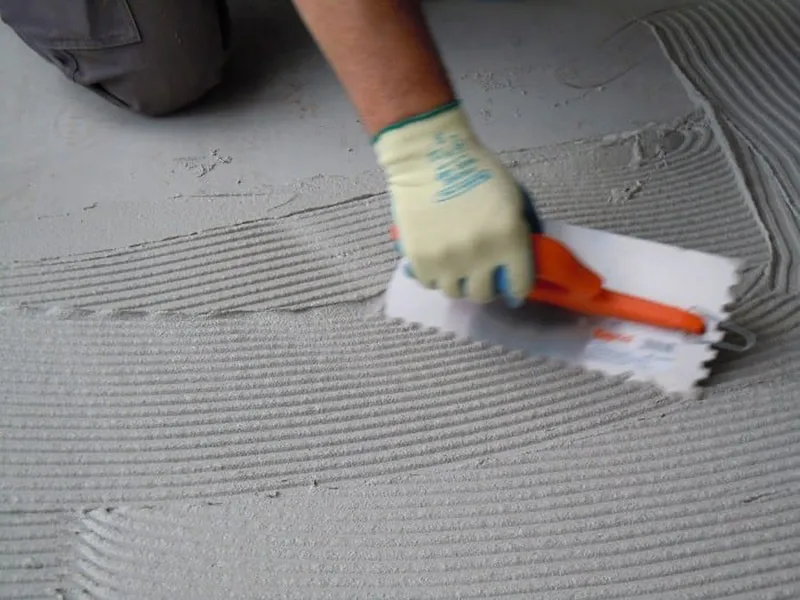Hydroxypropyl methylcellulose is a key additive in many industries such as building materials, coatings, pharmaceuticals, daily chemicals, etc. The dissolution process of HPMC is not simple and requires attention to many methods and details. Under different application scenarios and production requirements, it is necessary to choose the appropriate dissolution method. Understand the Three Dissolution Methods of HPMC: Cold Water Dispersion, Hot Water Dissolution, Dry Powder Mixing.

I.Precautions during dissolution of HPMC
In the process of dissolving HPMC, many operational details often determine the final dissolution effect and product performance. If not operated properly, lumps, uneven viscosity or incomplete dissolution may easily occur. The following are a few aspects that require special attention when dissolving HPMC:
1.Tips to avoid lumping when dissolving HPMC
One of the most common problems when dissolving HPMC is agglomeration. When HPMC powder comes into contact with water, if it is not stirred in time or dispersed unevenly, it is easy to form a film on the water surface, resulting in the inner layer of powder not being able to absorb water and dissolve, and ultimately forming flocs or clumps.
Solution:
- Dispersing speed: the powder must be scattered slowly and evenly, do not add a large amount of water at once to ensure that each part of HPMC has enough time to be dispersed.
- Mixing method: Keep the mixing speed low during the mixing process to prevent bubbles or lumps caused by high speed mixing. It is recommended to use spiral mixer or paddle mixer to ensure that the water flow forms a vortex, which will help HPMC gradually absorb water and dissolve.
- Pre-mixing in advance: If conditions permit, HPMC can be mixed with a small amount of other dry powders to increase the dispersion, and then gradually sprinkled into the water to dissolve.
2.HPMC dissolution need to control the water temperature
HPMC is very sensitive to temperature and exhibits significant differences in dissolution characteristics at different temperatures. Therefore, it is necessary to control the water temperature to prevent sudden changes in viscosity or incomplete dissolution.HPMC usually disperses better in cold water, while it tends to swell or agglomerate in hot water.
Solution:
- Avoid using high temperature to dissolve HPMC directly. It is recommended to use cold water dispersion method, or use warm water to stir first, and then gradually add cold water to adjust to the appropriate temperature (about 20-30℃).
- If hot water must be used, dispersing HPMC in a small amount of hot water first, and then adding cold water to lower the temperature, to prevent a sudden increase in viscosity or the formation of a gel.
- It is most effective to control the water temperature at room temperature (20-25℃), which can speed up the dissolution rate and ensure the stability of the solution.
3.Recommended equipment and tools for HPMC dissolution
Choosing the right mixing equipment and tools is equally important when dissolving HPMC. The right equipment can significantly improve dissolution efficiency and reduce operational errors.
Recommended Equipment:
- Mixer: low-speed propeller mixer or frame mixer, which helps to form a gentle vortex to ensure the HPMC is evenly dispersed.
- High-speed Disperser: suitable for high-volume production or scenarios requiring rapid dissolution, but care should be taken not to over-stir the mixing speed to avoid air bubbles.
- Sifter: Before spreading, use the sifter to pre-screen the HPMC, which helps to avoid the formation of agglomerates when large particles are directly put into the water.

II.Common Problems and Solutions of HPMC Dissolution
Even after mastering dissolution techniques, you may still encounter various dissolution problems in practice. Below are a few common problems and their solutions:
1.Reasons and countermeasures for HPMC agglomeration after dissolution
Reasons:
- The powder is sprinkled into the water too quickly and not stirred in time, resulting in the outer layer of HPMC absorbing water and expanding first, and the inner layer is unable to contact the water.
- The temperature of water is too high, and HPMC expands rapidly to form a gelatinous mass when it is heated.
- Stirring speed is too fast or too slow, resulting in uneven dispersion.
Solution:
- Change to cold water dispersion method or dry powder mixing method, make sure HPMC is slowly sprinkled into the water and keep the mixing speed low.
- If agglomerates have formed, try adding water to dilute and continue mixing, or use a fine sieve to filter the agglomerated portion.
2.Unstable viscosity after HPMC dissolution
Reason:
- The water temperature fluctuated greatly during dissolution, resulting in uneven dissolution of HPMC.
- Insufficient stirring time or too short resting time, HPMC is not completely dissolved.
- HPMC batch differences or improper storage conditions affect viscosity stability.
Solution:
- Maintain a constant water temperature during the dissolution process, stir and leave it for enough time (usually 2-4 hours) waiting for HPMC to fully dissolve.
- Stir again after dissolving to ensure uniform viscosity.
- Regularly test the batch quality of HPMC to ensure consistency.
3.How to test the quality and performance of HPMC solution?
Appearance Check:HPMC solution should be transparent or semi-transparent, without obvious particles or precipitation.
Viscosity Measurement:Use a viscometer to measure the viscosity of the solution to ensure that it is within the range of product requirements.
Flowability Test:The flowability and stability of HPMC solution is tested by flowability experiment to ensure that it meets the actual application requirements.














